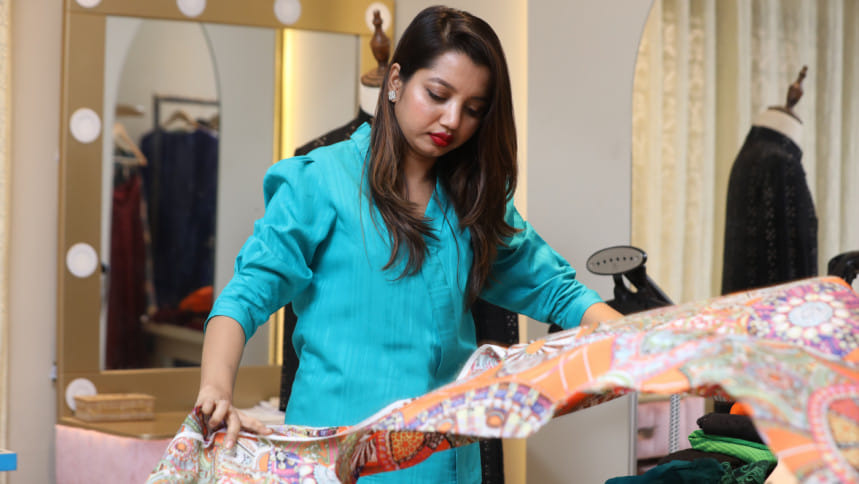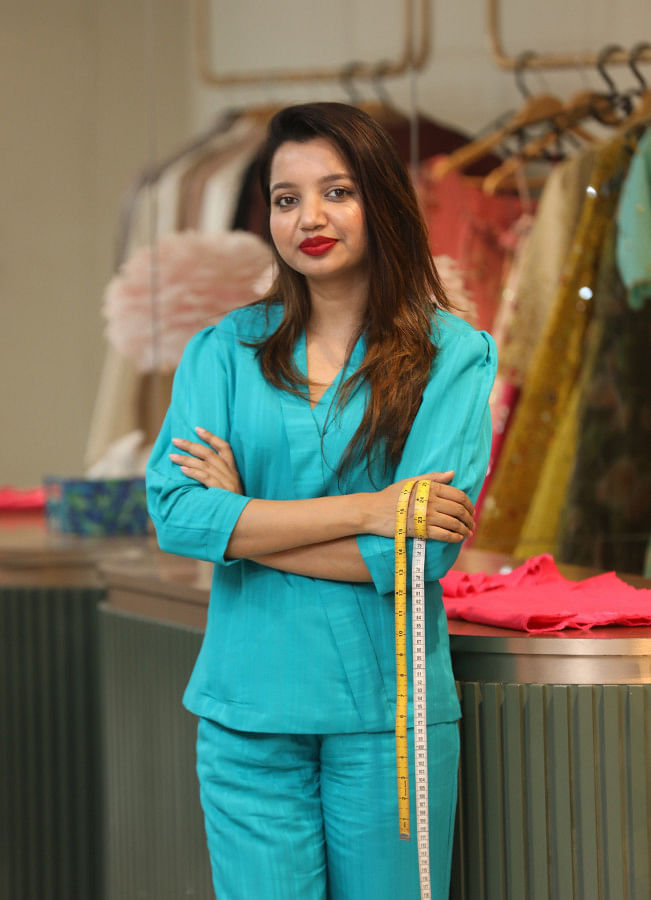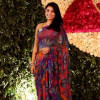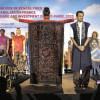The embellished world of designer Safia Sathi

With a unique sense of style and fascination for zardozi ornamentation, Safia Sathi is currently one of the most trusted bespoke designers in the country. From superstars scrambling for her latest gowns to brides anticipating her magician's touch in their upcoming weddings, Safia has managed to become a household name when it comes to ravishing designs.
In an exclusive interview with The Daily Star, we learn about her humble beginnings, fight for her passion, and hopes for the future of fashion in Bangladesh.
TDS: When and how did it all begin?
SS: When I was in around class 6 or 7, I started painting T-shirts, kameezes, and kurtis and would design the block prints myself. Growing up in a small town, we did not have the same facilities as in the capital. However, growing up in Tangail also taught me the value of artisans. I was mesmerised by them and their work. I grew up being fascinated with fabrics — the textures, the smell, the colours.
When I was in college, everyone said I should study fashion design because they noticed I had this knack. As I did not get the chance to study it, I began with a Facebook page in 2013 where I would display my designs, which were mainly occasion-based, such as for Pahela Baishakh or Eid. There were sarees, kurtis, and kameezes. I had not made any big investment for the page; I used whatever money I saved up from my university commute.

Within a few days, I noticed that all my authentic designs were getting copied! Every time I put up a new design, another page would steal the photo and sell it as their own.
As a way to stop copying, I started focusing on intricate wedding attire and started studying for it on my own. It was also a way to make my work memorable as brides always remember their wedding attire.
I started with an engagement dress for a bride around 2016, back when no one could make a wide-tail gown. I attempted and the client was so happy that she hired me to make a lehenga for the next wedding event as well. Tail gowns were not common back then and more uncommon was zardozi work on the tail.
With that, in 2017, Safiya Sathi took off.
TDS: What do you think are the biggest drawbacks of the industry and what could be needed to be on the right track for deshi brands to go global?
SS: One of the biggest obstacles that designers face is the confusion of the customers about what they want. Often, they will ask us to copy something that an Indian or Pakistani designer has made. If we keep copying, who will ever see our deshi work? However, we have to keep the business running, so we oblige.
We need to be trusted by the same people who trust Sabyasachi but to earn that respect, we need more promotion. I guess it will take time.

When it comes to problems, the biggest is, as I mentioned, copying. Even after I began designing wedding attire, I saw a thousand more pop up like mushrooms! It gets tiring to fight for our own identities and our own hard work. What we do, especially with zardozi, requires a lot of patience, perseverance, and time. To see cheap knockoffs of the fruits of our labour is truly hurtful and is heavily affecting the industry.
TDS: What is your work process and what makes Safiya Sathi, the brand, different? And what does Safia Sathi, the person, hope for the future?
SS: We design bespoke attires, which require pre-ordering. We start with a conversation with the client and learn all about their preferences — pattern, cutting, colour, fabric, and everything else needed. If they are ever confused, I show them some old designs for inspiration. After the final sketching is approved, we move to the factory where I am constantly present to make sure everything goes just the way my client wants it.

Safiya Sathi is always more focused on ornamentation; we do a lot of zardozi work, and we give most of our time and priority to that. However, we sometimes face challenges when we want to do traditional folk ornamentation, which involves human or animal motifs. Many brides do not want that because of religious reservations. It is mainly ornamentation, embellishment techniques, and the variety of patterns that set us apart.
About hopes for the future, I want existing designers to keep moving forward with proper and big teams and new designers to come join and strengthen the industry.
Photo: Courtesy

 For all latest news, follow The Daily Star's Google News channel.
For all latest news, follow The Daily Star's Google News channel. 








Comments